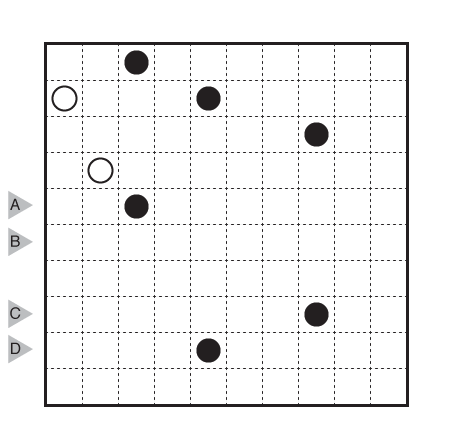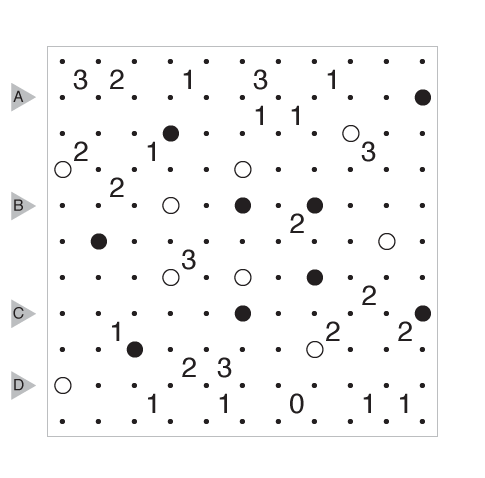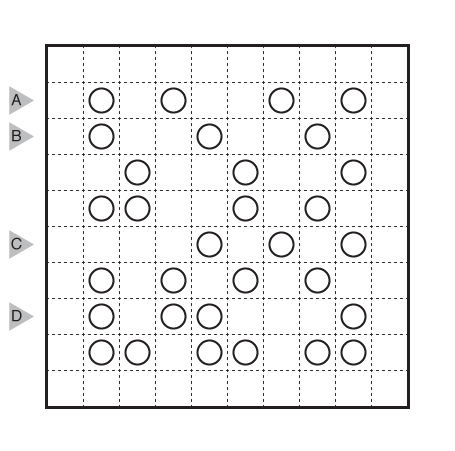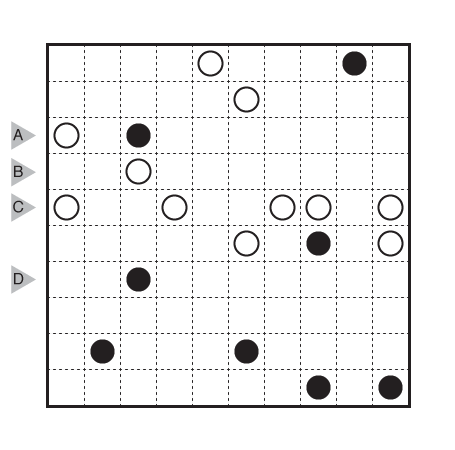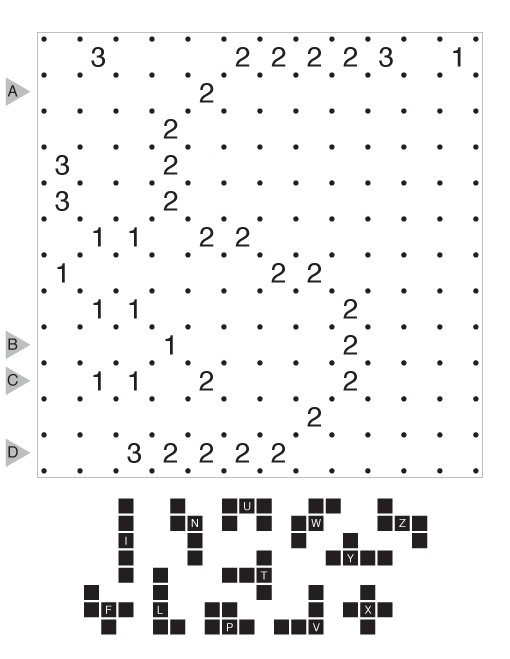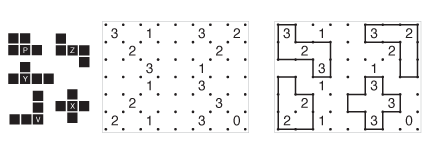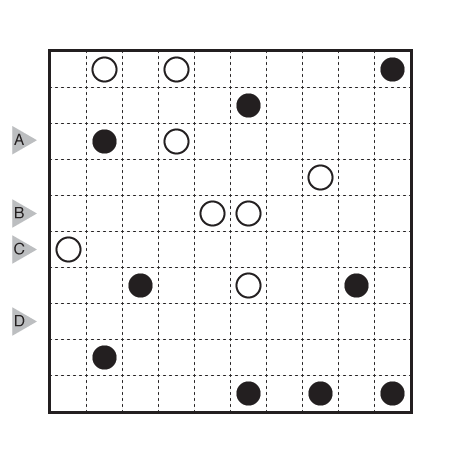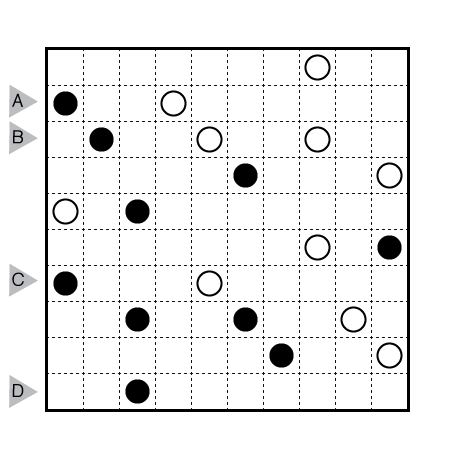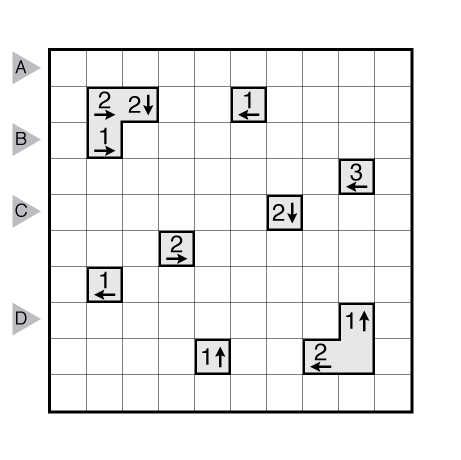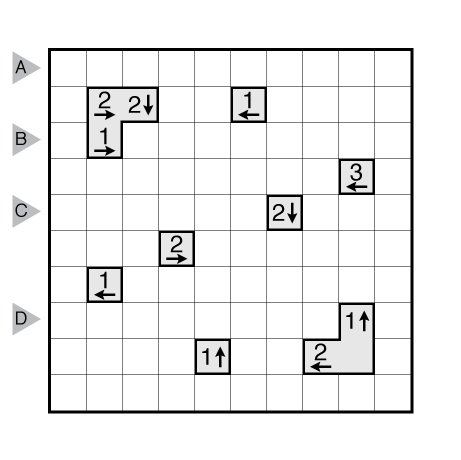Masyu by Murat Can Tonta
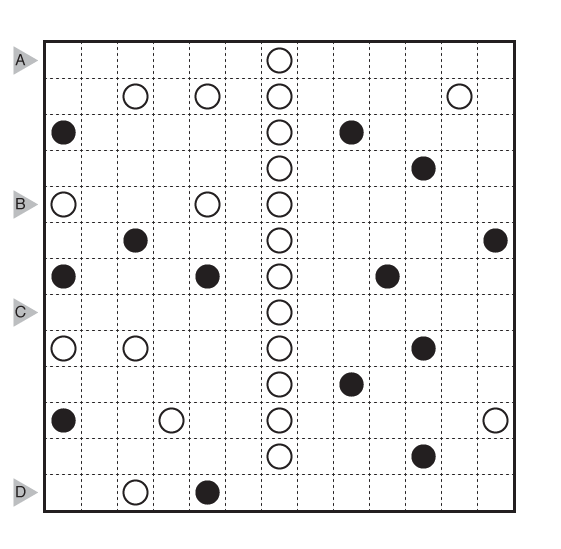
(view directly for a larger image)
or solve online (using our beta test of Penpa-Edit tools in linex mode where left click+drag draws lines and right click marks X’s)
Theme: Down the Middle
Author/Opus: This is the 161st puzzle from our contributing puzzlemaster Murat Can Tonta.
Rules: Standard Masyu rules.
Answer String: Enter the length in cells of the horizontal loop segments from left to right in the marked rows, starting at the top. If the loop only has vertical segments in the marked row, enter 0. Separate each row’s entry with a comma.
Time Standards (highlight to view): Grandmaster = 3:15, Master = 4:45, Expert = 9:30
Solution: PDF
Note: Follow this link for other classic Masyu. If you are new to this puzzle type, here are our easiest Masyu to get started on. More Masyu puzzles can be found in The Art of Puzzles and in our beginner-friendly book Logic Puzzles 101.

